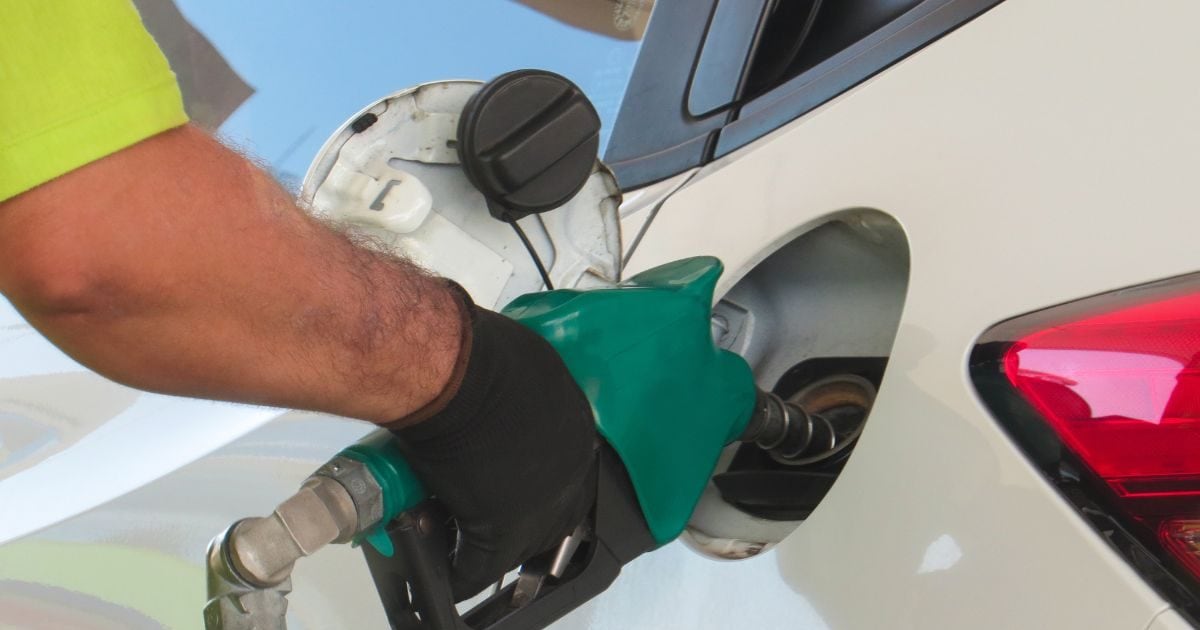The government wants to reduce dependence on fuel imports by mixing ethanol in petrol. Also, this step is also considered important towards reducing pollution.
Where is the problem in ethanol?
Currently, the vehicles that are being sold in the market are mostly designed according to the E20 fuel.
He also informed that old BS3 and BS4 standard vehicles are not able to work properly on E20 fuel. In many cases, engine components are deteriorating, due to which the cost of repair is increasing and sometimes the warranty also becomes invalid.
How does ethanol harm the engine?
Ethanol is a corocyv (rust) substance. This fuel tank, fuel line, gear shifting and other parts can gradually spoil. If the car remains standing for a long time, the ethanol draws moisture (moisture), which leads to the fear of the rust in the engine and may cause malfunction.
If your car is a little old and does not support any ethanol mixed fuel, then you should get simple petrol.
The trains of big companies are also affected
According to Tutu Dhawan, Mercedes, BMW and other luxury vehicles are not made for such ethanol mixed fuel. The engine can fail completely with the use of fuel like E27 in these trains.
The opinion of the common people is also the same, they say, “The government is charging the price of petrol from us, but it is increasing in adulteration (ethanol). Due to this, the mileage of the vehicles is decreasing and the engine is also deteriorating quickly.”
Before the arrival of the E27 fuel, it is necessary that the government gives time, information and options to the vehicle manufacturers and consumers, so that the vehicles can not only run with this fuel, but also be safe and durable for a long time.


